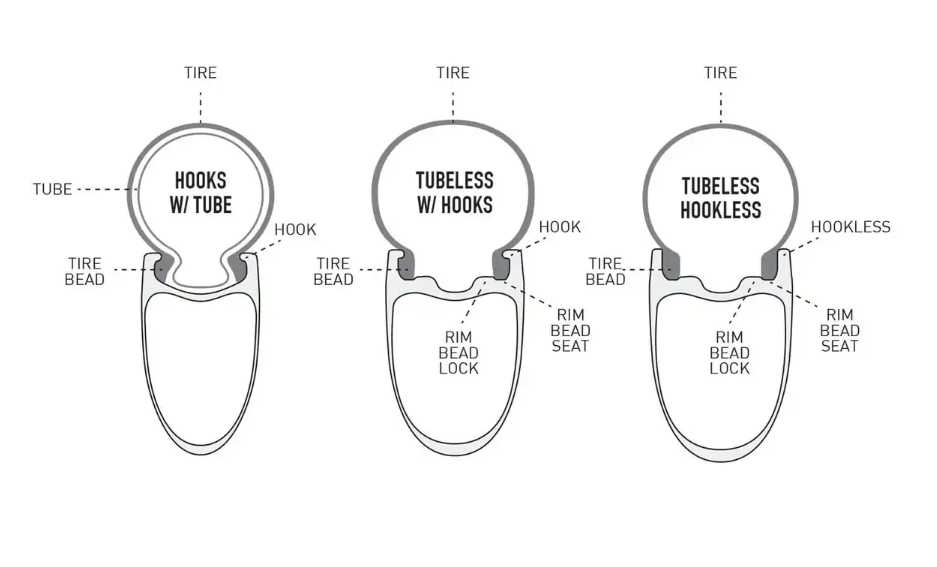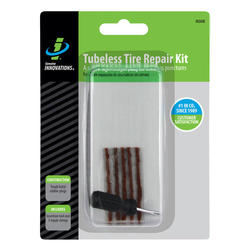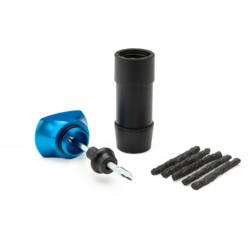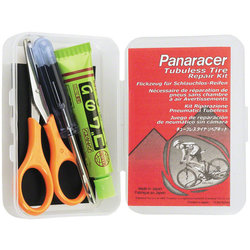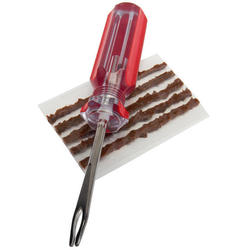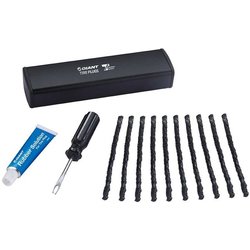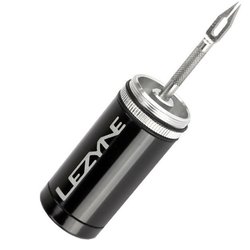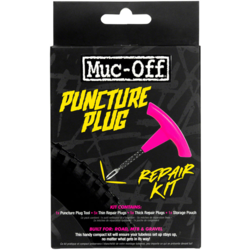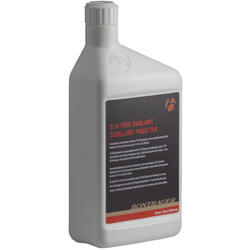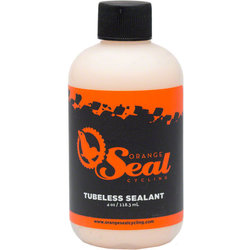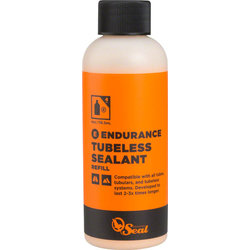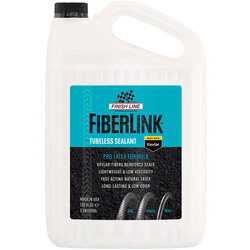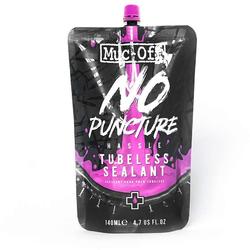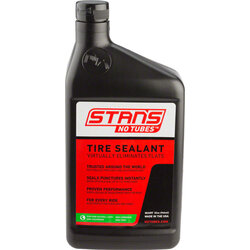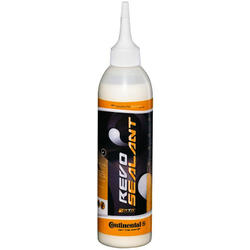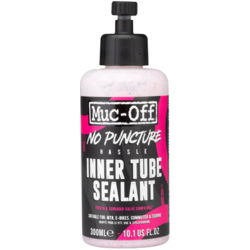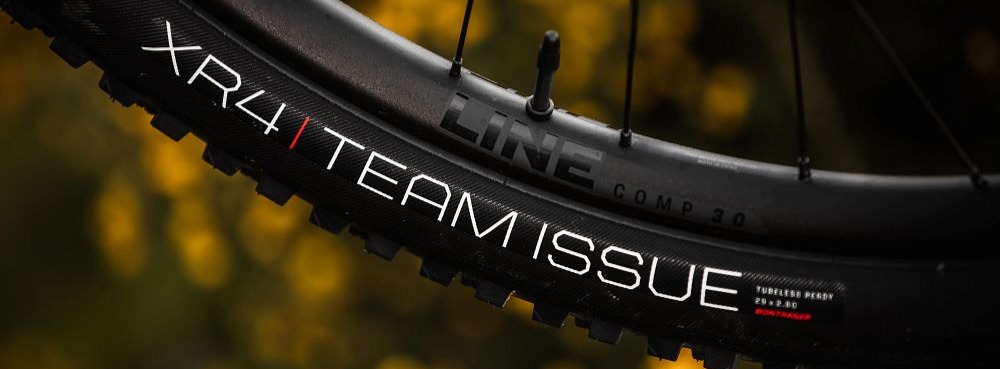
What are Tubeless Tire Systems?
Tubeless tire systems are becoming increasingly popular for a good reason. Tubeless setups do not require inner tubes to hold air pressure. Instead, the tire and rim form an airtight seal to increase ride quality. Tubeless setups are often found on mid-range to high end mountain bikes, gravel and road bikes.
Advantages to Tubeless Tires:
- Improved Tire Construction: Tubeless tires typically have a reinforced, stretch resistant bead that locks securely onto the rim.
- Goodbye Tubes: Goodbye pinch flats! Tubeless systems allow the rider to run lower tire pressures and improve traction, comfort and control.
- Reduced Chance of Punctures: Tubeless tires are set up with a self-sealing liquid latex that fills small cuts if and when a puncture occurs.
- Improved Ride Quality: With lower rolling resistance and increased traction, tubeless systems create a more comfortable ride. Lower tire pressures and increased compliance allows vibrations of the surface to be absorbed making road and off road riding more enjoyable.
Disadvantages to Tubeless Tires:
- Cost: Converting a non-tubeless setup on your bike comes at a cost to gather the supplies listed below In addition, depending on your rim and tire combination, you may need a tubeless inflator or air compressor to properly seat your tires.
- Maintenance: Sealant needs to be renewed periodically (every few months) as it dries out. Tubeless tires often need to be pumped up more frequently than tubed tires.
- Tubeless Standards can be Confusing
- Definitions are not standardized between tubeless brands and systems
- Tubeless-Ready vs. Tubeless Compatible Terminology: Most commonly, "Tubeless- Ready rims" just need to have a tubeless valve, proper tires, and sealant installed to be ready to go. "Tubeless Compatible Rims" often require tubeless rim tape in addition to valves, tires and sealant to function safely. In addition, some new bikes may come stock with "tubeless compatible rims" but not tubeless compatible tires- requiring a separate purchase of new tires. Unfortunately, the industry has not yet standardized terminology and this can cause confusion and improper setup.
- Hook vs Hookless Rims: Hookless rims can be a stronger rim construction but hookless tires can be harder to source. It is important to know what kind of rim you are starting with before sourcing your tires. We suggest working with your service department before attempting a tubeless conversion to ensure your rim and tire combination are safe.
- Definitions are not standardized between tubeless brands and systems
Cross Section of Tube vs Tubeless Systems
Frequently Asked Questions:
- Are tubeless systems worth it?
- Yes! Especially on mountain and gravel bikes. The ability to have better traction and self-sealing puncture control. We understand the conversion may be too much for some folks, but we are so happy to talk it through with you!
- Help! I got a flat out on the road with my tubeless system! What can I do?
- We recommend still carrying a proper sized tube with you just in case your tubeless system fails out on the road. On most systems, you can still install a tube in case the sealant is not able to fix your puncture.
- If you have a hookless rim, you must use a compatible tubeless specific tire with you in addition to a tube.
- Other options
- Tubeless Tire Plug Kits (see here)
- Learn More Here: https://www.bikeradar.com/advice/workshop/how-to-repair-tubeless-puncture/
- We recommend still carrying a proper sized tube with you just in case your tubeless system fails out on the road. On most systems, you can still install a tube in case the sealant is not able to fix your puncture.
- What does it take to get a Tubeless Setup?
- Not every bike is set up for a tubeless system, so you will want to check with our service teams to ensure you have the following:
- Tubeless Compatible Ready Rims on your Wheelset
- Tubeless Specific Tires
- Tubeless Sealant
- Tubeless Valve Systems
- Sometimes required:
- Tubeless Rim Tape
- Not every bike is set up for a tubeless system, so you will want to check with our service teams to ensure you have the following:
- How do I know if my bike has tubeless tires already setup?
- The easiest way to see if your tires are tubeless is to look at the valve stem. Tubeless valves are usually shorter and often have a black rubber base where the valve meets the rim.
- Can I use any bike pump to inflate my tubeless system?
- We recommend using a compressor or tubeless specific pump that can handle high volume when you are first seating and setting up your tires.
- Tubeless canisters are also very effective if you already own a traditional pump and do not want to invest in a Tubeless specific pump. This is an adapter that fits on to most pumps and are very effective.
- If you are just adding air to your tubeless system, you should be able to use most bike pumps- granted you will want to make sure they are compatible for your presta or shrader valve heads.
- Remember to check for your tire's correct air pressure by locating the PSI range on the sidewall of your tire. Tubeless tires should be checked every time you ride.
- What are some of the most common service issues with tubeless setups?
- Initial Bad Seating: If you do not properly seat the rims upon installation, you may experience failure out on the road. Use a high volume pump, compressor, or come into our service department to help you start off right!
- Air Leakage: Tubeless systems require sealant every few months to prevent drying and or clumping. In addition, sometimes rim tape is needed to help form a perfect seal between the tire and rim.
- Burping: Tires can lose air pressure due to an impact or hard landing causing the bead to momentarily break free from the rim.
- Skipping Maintenance: tubeless tires require periodic maintenance to inspect for cuts/damage, checking sealant levels, and replacing sealant as needed.
Great Resources
- https://www.bikeradar.com/advice/buyers-guides/tubeless/
- https://www.cyclingtips.com/2021/10/an-endless-faq-to-tubeless/
- https://road.cc/content/feature/hooked-vs-hookless-rims-which-one-better-you-285715
- https://www.trekbikes.com/us/en_US/how-to-set-your-tires-up-tubeless/

